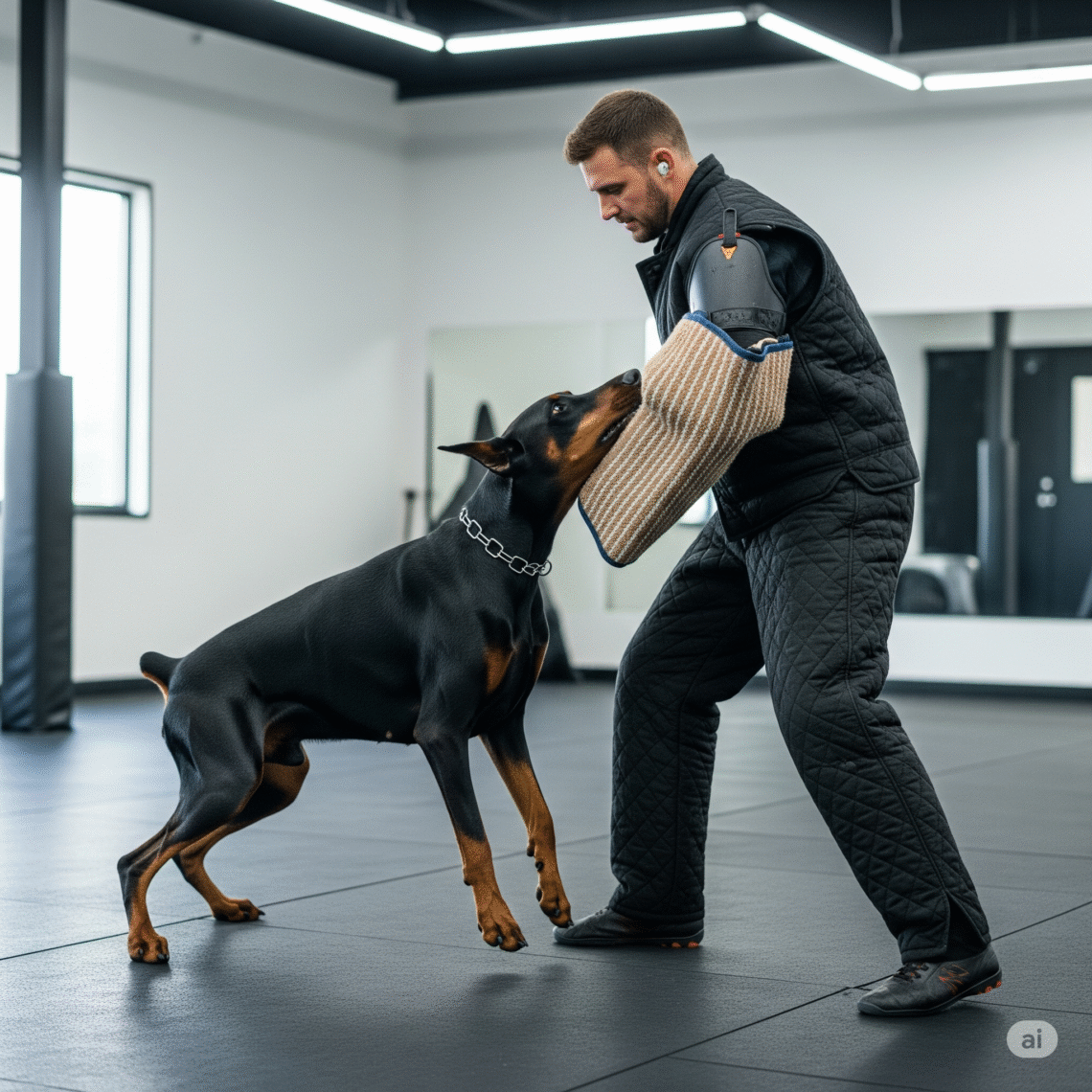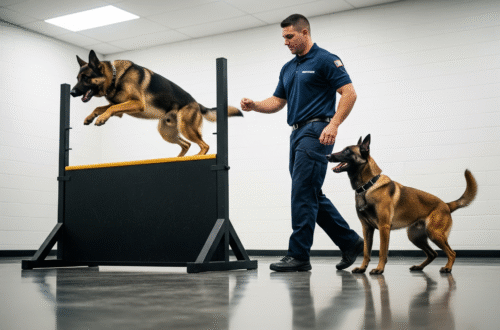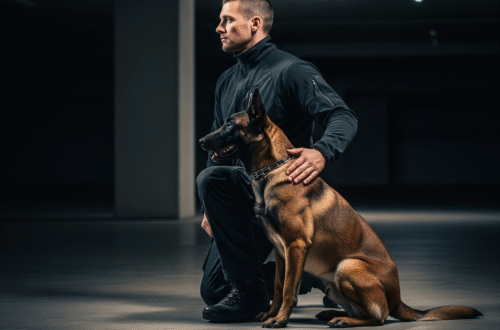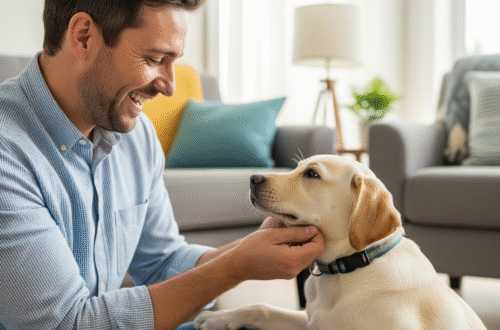Bringing a guard dog into your home is an exciting journey. These loyal companions not only provide protection but also become cherished family members. The right training transforms an enthusiastic puppy into a confident protector, ready to defend its loved ones when needed.
But what does it take to raise such a bold guardian? It all begins with proper training. This process requires patience, dedication, and understanding of canine behavior. Whether you’re welcoming a feisty German Shepherd or a spirited Rottweiler, the foundations set during their early months will shape them for life.
Let’s dive into the essential components of guard dog puppy training that will help you cultivate trust and loyalty in your furry friend while ensuring they are well-prepared for their protective role.
Understanding the Importance of Guard Dog Training
Guard dog training is essential for molding a capable protector. A well-trained guard dog knows when to alert, when to defend, and how to respond in various situations.
Without proper training, even the most instinctive breeds may not behave as desired. They could react unpredictably or fail to recognize real threats. This can put both the dog and their family at risk.
Effective training fosters confidence in your pup. It helps them understand their role within the household and reinforces loyalty toward their human companions.
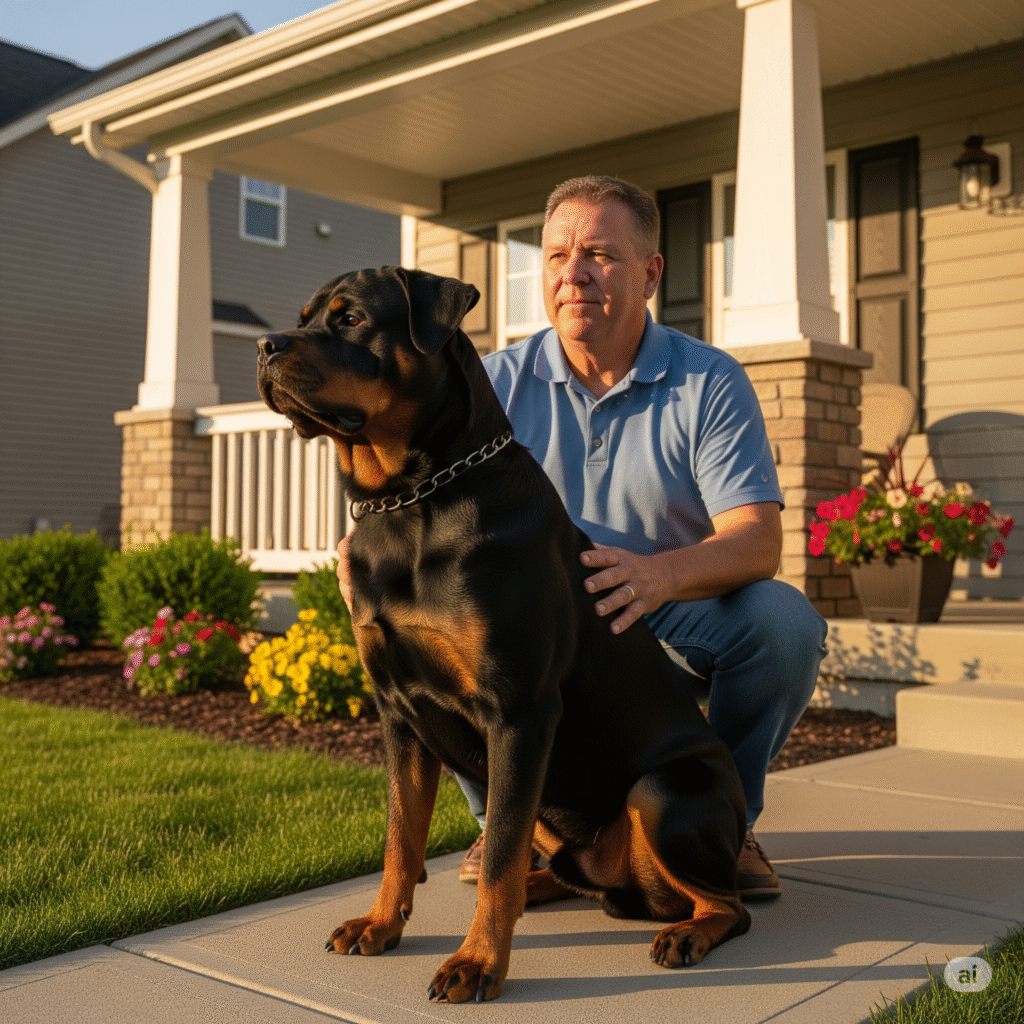
Moreover, trained guard dogs are easier to manage in public settings. You want a companion that behaves appropriately around strangers while still being vigilant about potential dangers.
Understanding this importance sets the foundation for creating an effective partnership between you and your future guardian.
Choosing the Right Puppy for Guard Dog Training
Selecting the right puppy for guard dog training is crucial. Not all breeds possess the traits needed to be effective protectors. Look for dogs known for their loyalty, intelligence, and courage.
Breeds like German Shepherds, Rottweilers, and Doberman Pinschers are popular choices. They have natural guarding instincts that make them ideal candidates. However, remember that individual temperament matters too.
Consider adopting from a reputable breeder or rescue organization. Meeting the puppy’s parents can provide insights into potential behavior patterns and health issues.
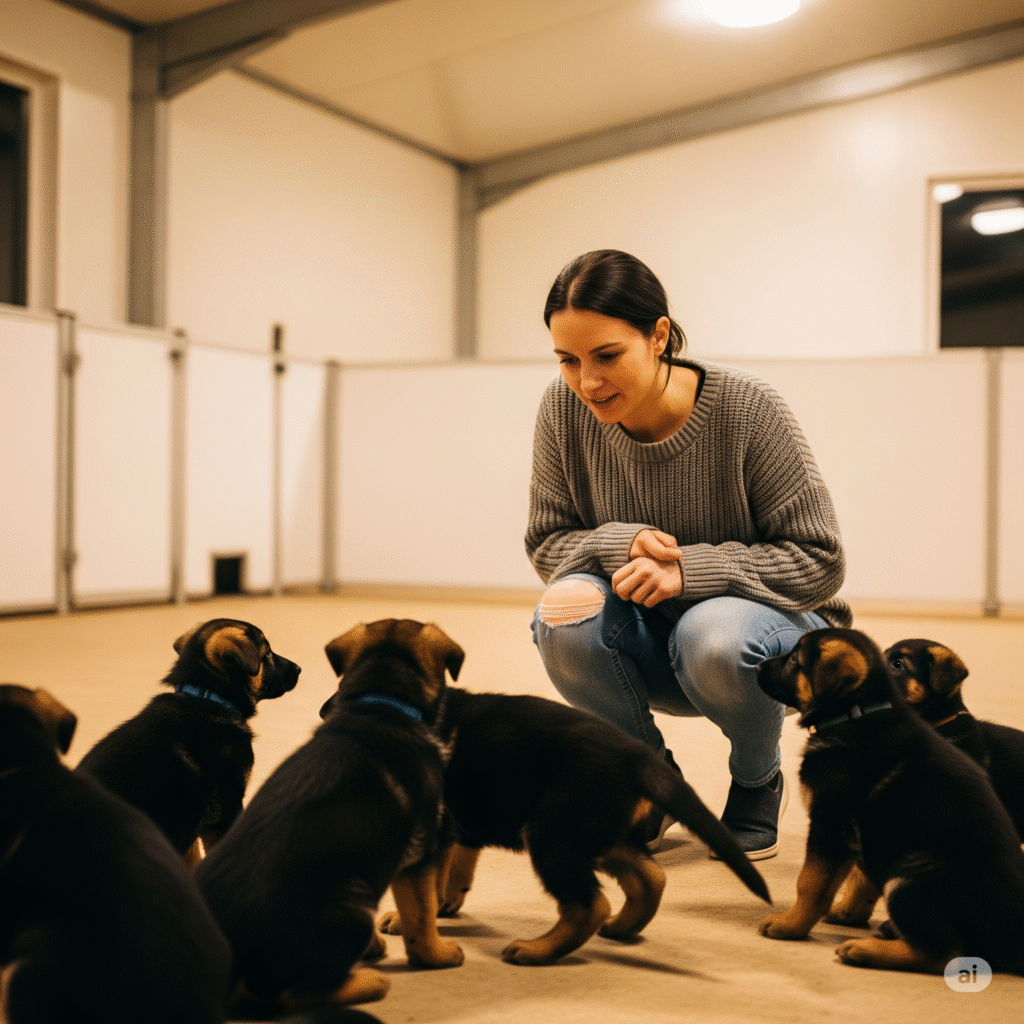
Early signs of confidence and alertness in a puppy are good indicators of future success as a guard dog. Observe how they react to new situations and people before making your choice.
Never underestimate the importance of socialization during those early months. A well-rounded pup will grow into a bold protector while maintaining social skills with family members and visitors alike.
Basic Commands and Obedience Training for Guard Dogs
Basic commands lay the groundwork for effective guard dog training. Start with essential commands like “sit”, “stay” and “come”. These create a foundation of obedience that ensures your puppy listens in various situations.
Use positive reinforcement techniques, such as treats and praise, to reward good behavior. This approach builds trust and encourages your pup to respond eagerly.
Consistency is vital. Practice these commands daily in different environments to reinforce learning. Varying locations helps your dog adapt to distractions while maintaining focus on you.
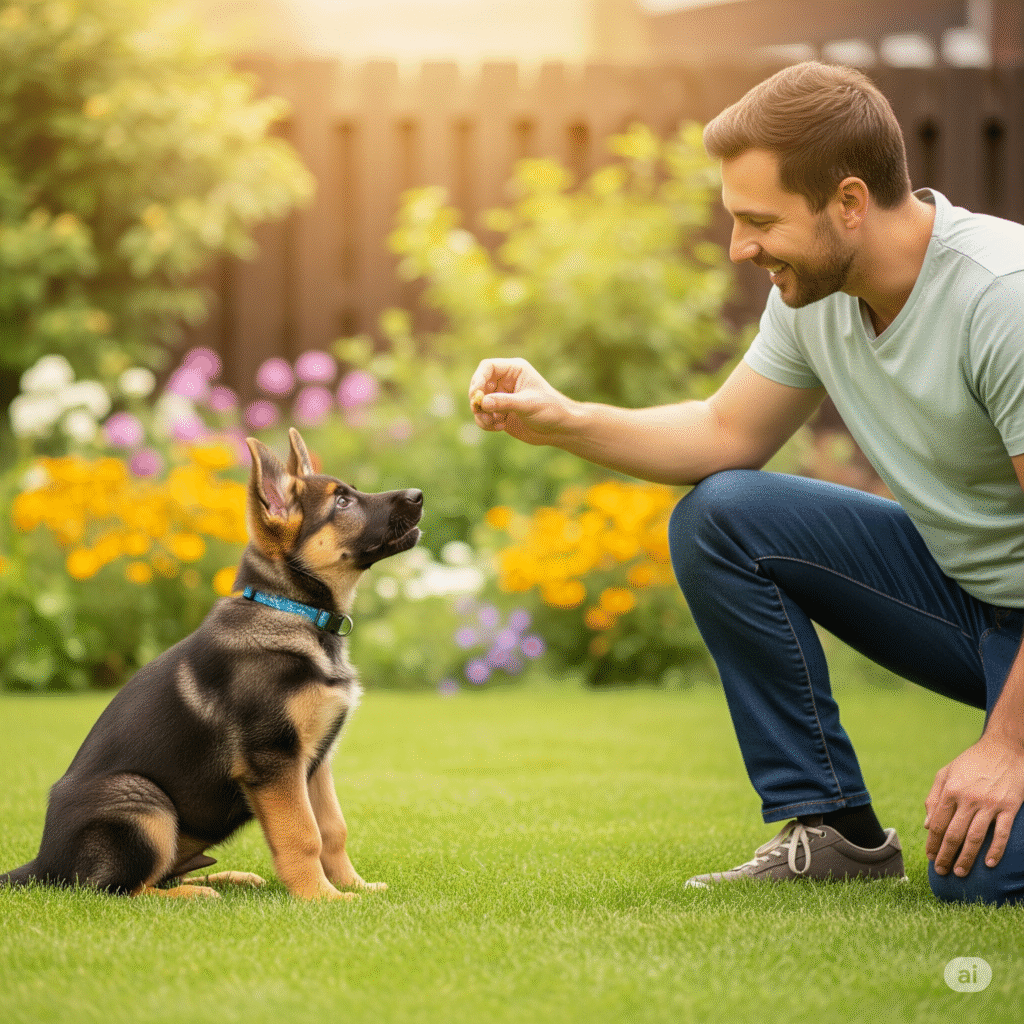
Short training sessions work best, keeping your puppy engaged without overwhelming them. Aim for about 5-10 minutes at a time but repeat throughout the day.
Remember that patience is key during this phase. Some puppies may take longer than others to grasp new commands, but persistence pays off in building a loyal protector who knows how to follow orders when it matters most.
Socialization and Exposure to Different Environments
Socialization is crucial for guard dog puppies. Early exposure helps them develop confidence and adaptability. Start by introducing your puppy to various people, animals, and sounds.
Take walks in parks or busy streets. Each new experience contributes to their comfort level in diverse situations. This reduces anxiety later as they grow into protectors.
Environments should be varied urban settings, rural areas, and even crowded events can provide valuable learning opportunities. Allowing them to explore different terrains helps build resilience.
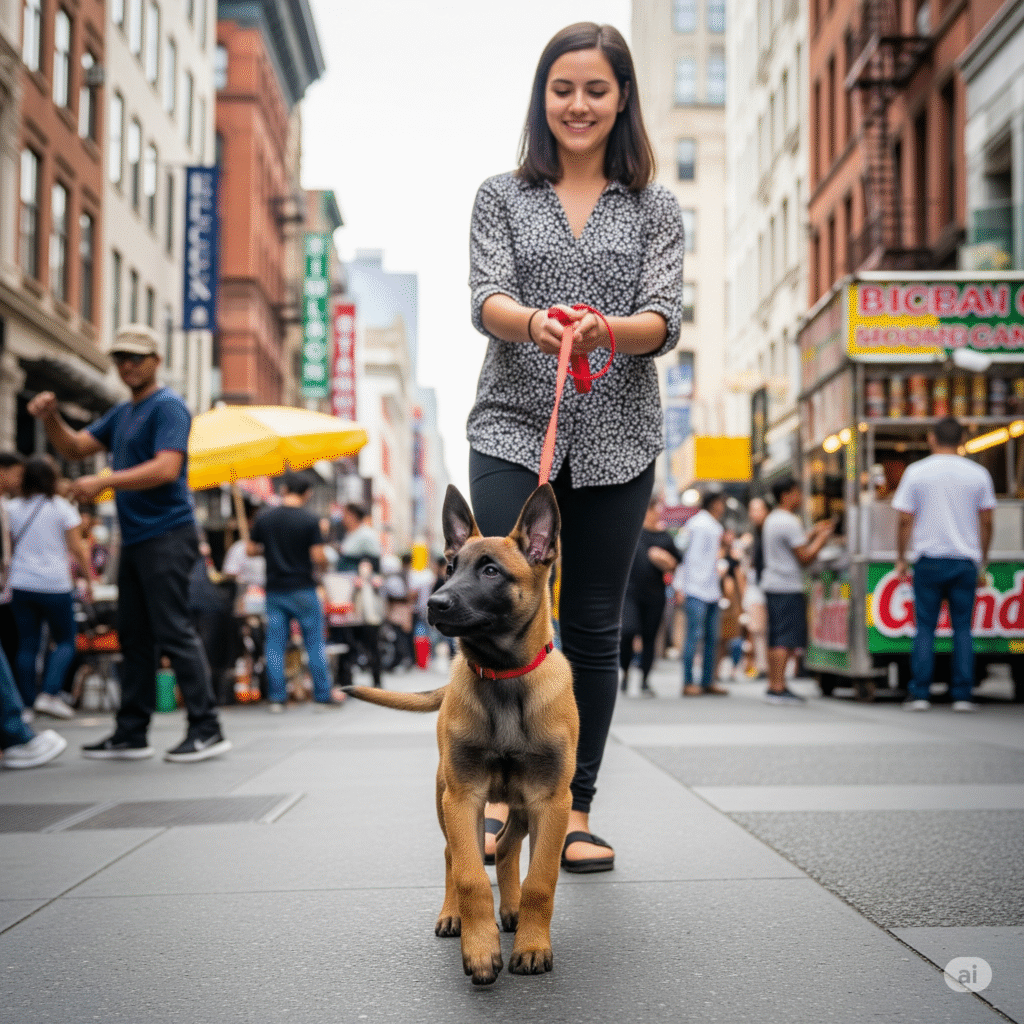
Positive interactions are key during this phase. Reward good behavior with treats or praise when they encounter new stimuli calmly. This reinforces a sense of security within themselves.
Remember that socialization isn’t just about meeting others; it’s also about observing how you react in these situations. Your demeanor impacts their perception of the world around them significantly.
Advanced Training Techniques for Guard Dogs
Advanced training techniques for guard dogs focus on refining their instincts and honing specific skills. These methods elevate your dog’s ability to discern threats while maintaining control.
One effective technique is bite work, where the dog learns when to apprehend a potential intruder. This requires guidance from a professional trainer to ensure safety and appropriateness of behavior.
Another crucial aspect is scent detection training. Teaching your dog to identify certain scents can enhance their protective instincts, making them valuable allies in various situations.
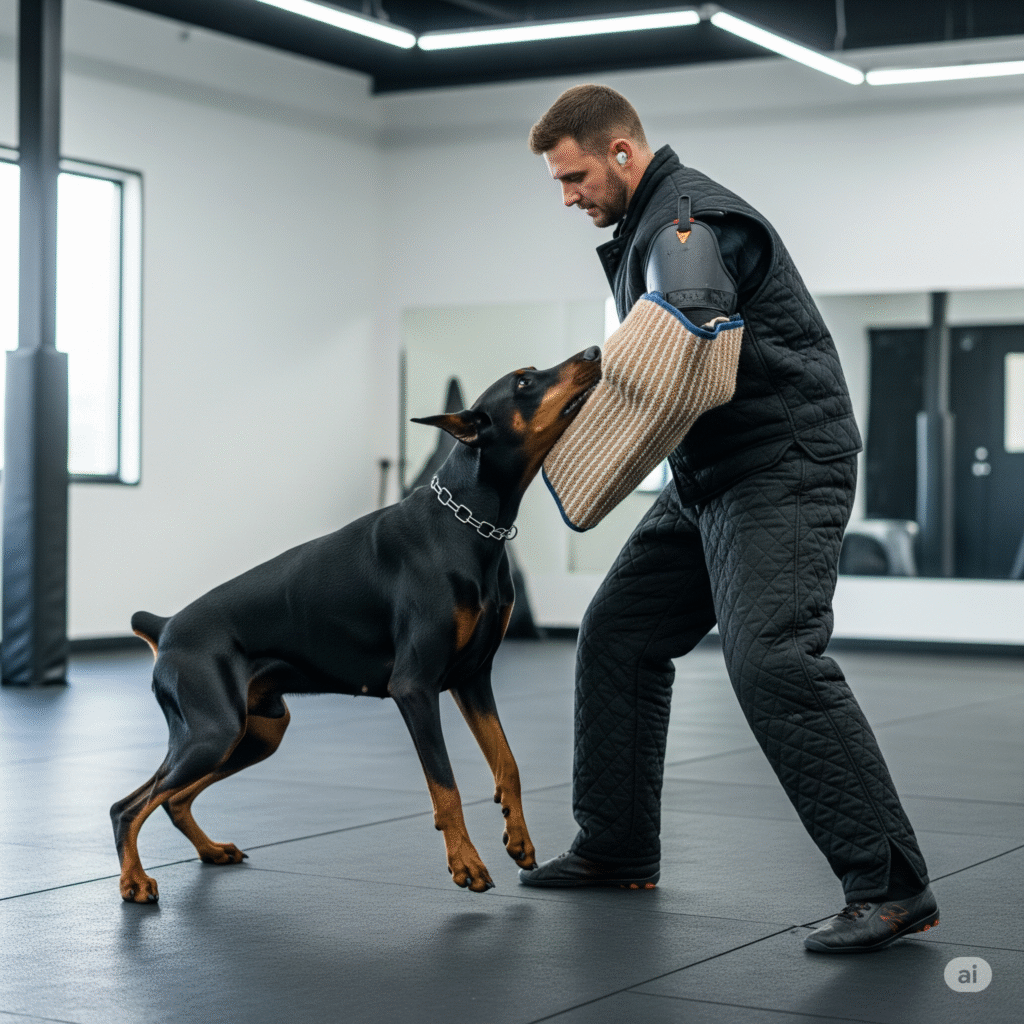
Obedience under distraction builds concentration, teaching your pup to stay focused amidst chaos. This skill ensures they respond promptly even during stressful encounters.
Incorporating scenario-based training helps prepare your guard dog for real-life situations. Simulating different scenarios enables them to react appropriately when it matters most, reinforcing both confidence and loyalty in their role as protectors.
Maintaining a Strong Bond with Your Guard Dog
Building a strong bond with your guard dog is crucial for effective training. This relationship fosters trust and loyalty, key traits in a reliable protector.
Spend quality time together through play and training exercises. Daily walks provide not only physical activity but also opportunities to explore the world side by side.
Engage in positive reinforcement during training sessions. Celebrate small victories with treats or praise, which strengthens your connection.
Understanding your dog’s body language helps you respond to their needs better. This awareness builds mutual respect and improves communication.
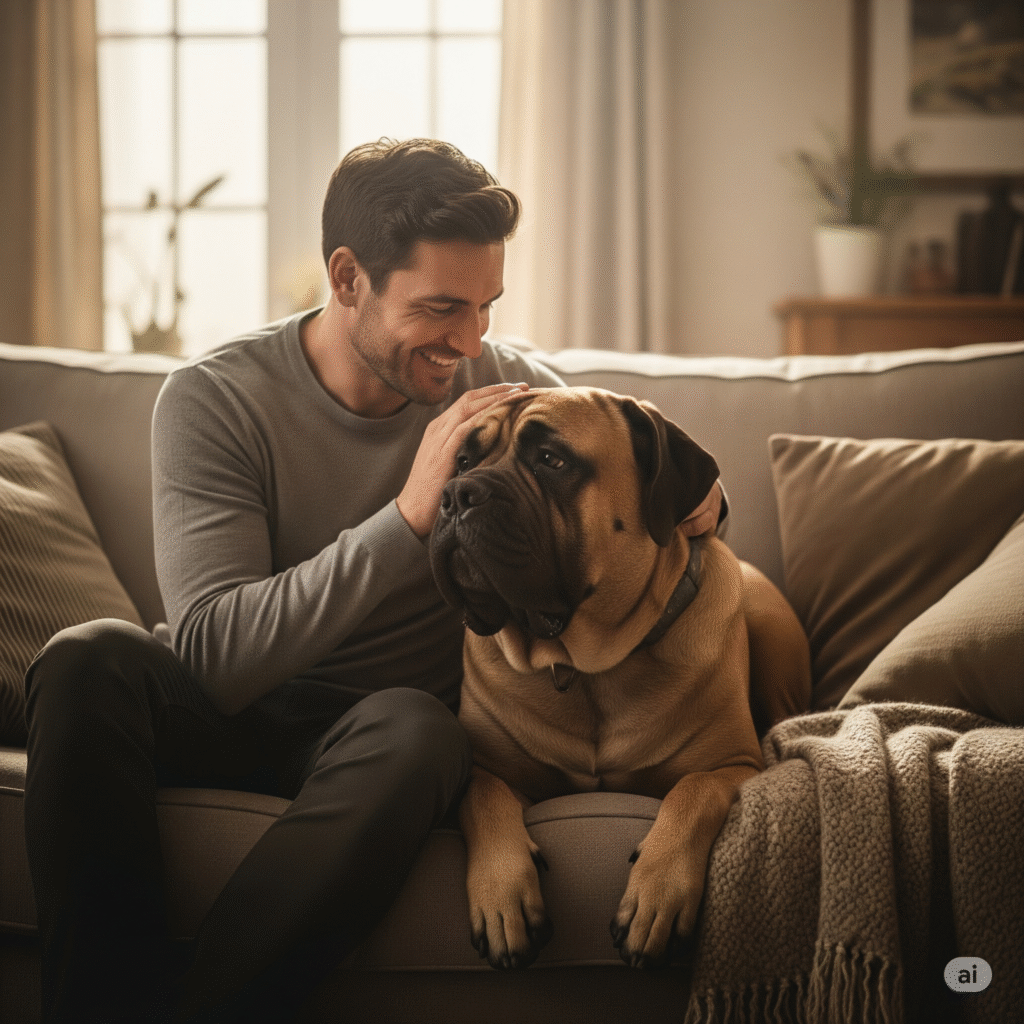
Remember that consistency is vital in both commands and interactions. A predictable environment enhances your dog’s confidence, reinforcing their role as a protector while deepening your bond.
Affection goes a long way. Simple gestures like petting or cuddling can strengthen emotional ties between you and your guard dog significantly.
Common Mistakes to Avoid in Guard Dog Training
One common mistake is rushing the training process. Guard dog training takes time and patience. Skipping basic obedience can lead to issues later on.
Another pitfall is inconsistent commands. Using different words or tones can confuse your pup. Consistency helps them understand what you expect.
Neglecting socialization is a serious error, too. A guard dog needs to be comfortable around various people and situations. Without this exposure, they might become overly aggressive or fearful.
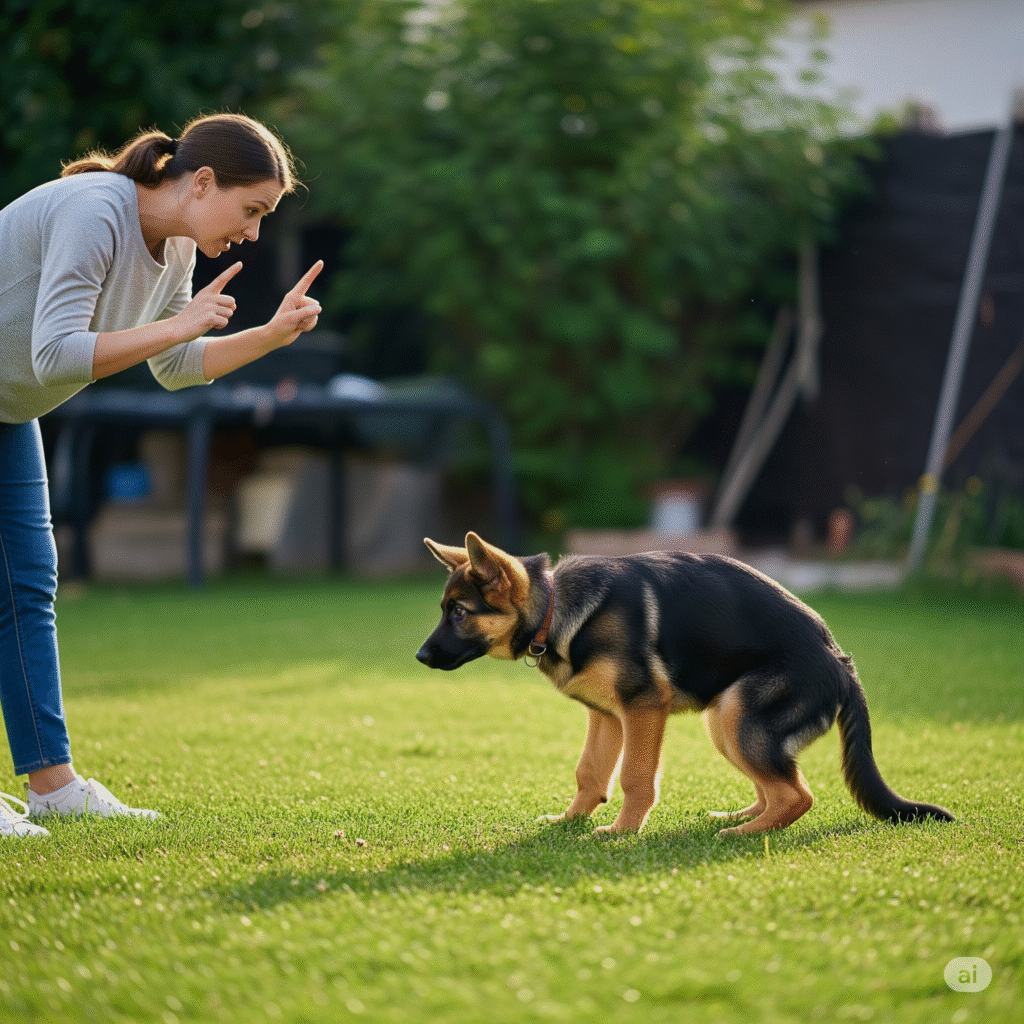
Many owners also underestimate the power of positive reinforcement. Harsh corrections can damage trust between you and your dog. Reward-based methods create a more willing learner.
Failing to recognize signs of stress in your puppy can hinder progress. Monitoring their body language ensures a healthy training experience for both of you.
Socialization and Aggression Management in Guard Dogs
Socialization is crucial in shaping a well-rounded guard dog. Early exposure to different people, animals, and environments helps reduce fear-based aggression. The objective is to create positive experiences that foster confidence.
Introduce your puppy to various situations gradually. Start with controlled encounters, allowing them to observe from a distance before getting closer. Use treats and praise as reinforcement for calm behavior during these interactions.
Aggression management comes into play when your dog reacts negatively. Recognize triggers, loud noises or unfamiliar faces and redirect their focus through commands or toys. Consistency is key; practice regularly so they learn appropriate responses.
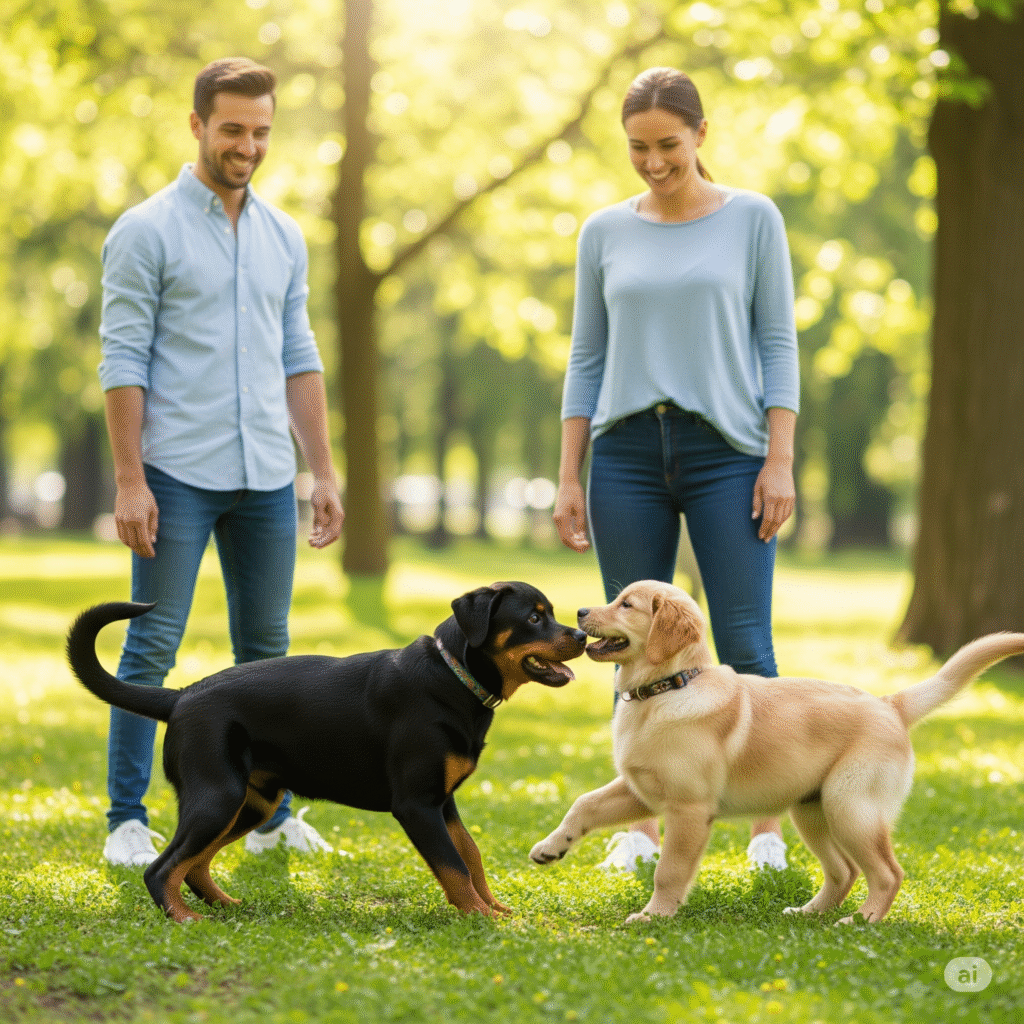
Training should be balanced with social activities too. Regular outings can build their comfort level in diverse settings while reinforcing good behavior around distractions.
A confident dog will distinguish between real threats and everyday occurrences without resorting to aggression.
Keeping Your Guard Dog Healthy and Happy
A healthy guard dog is a loyal protector. Nutrition plays a key role in your dog’s well-being. High-quality dog food tailored to their age and activity level ensures they have the energy needed for training and guarding.
Regular exercise is essential, too. Daily walks, playtime, and mental stimulation keep your pup fit both physically and mentally. Engaging activities promote happiness while reinforcing obedience skills.
Routine veterinary check-ups help catch health issues early. Vaccinations, dental care, and parasite prevention are crucial for maintaining overall wellness.
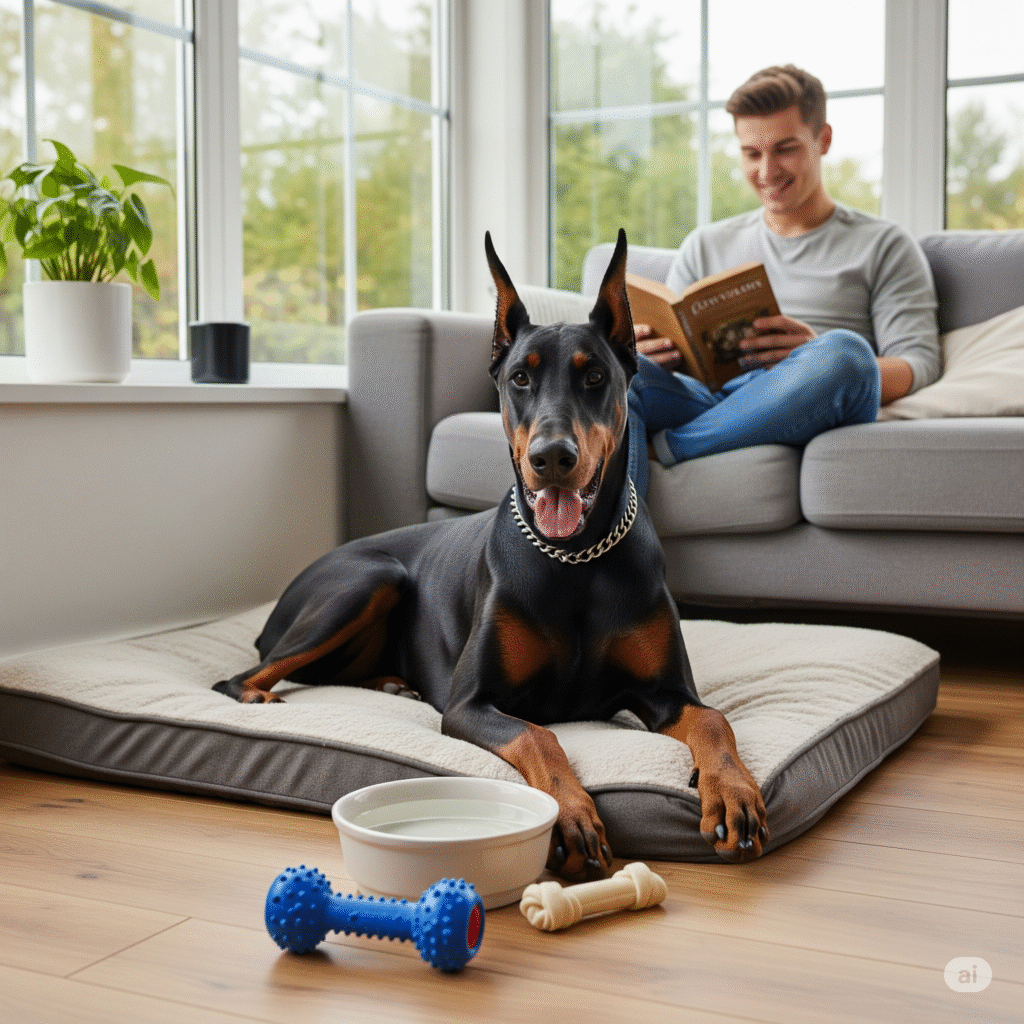
Social interaction is another important factor. Spend quality time with your dog to strengthen your bond. This connection fosters trust, making them more effective as guardians.
Ensure they have a comfortable space at home where they can relax after work or play sessions. A happy guard dog feels secure in their environment and is always ready to protect when it matters most.
Frequently Asked Questions about Guard Dog Training
What age is best to start guard dog training?
Starting early is key. Puppies around 8 weeks old can begin basic obedience and socialization. This sets the foundation for advanced guard training as they mature.
How long does it take to train a guard dog?
It varies by breed and individual temperament. Basic commands can be taught in a few months, while comprehensive guard skills may take up to a year or more with consistent practice.
Can any breed become a good guard dog?
Not all breeds are suited for guarding. Breeds like German Shepherds, Rottweilers, and Doberman Pinschers often excel due to their protective instincts and trainability. Always consider personality over popularity when choosing your pup.
Conclusion
Training a guard dog puppy is a rewarding journey that requires patience, consistency, and dedication. By understanding the importance of training and socialization, selecting the right breed, and using effective techniques, you can cultivate a loyal protector.
Avoid common pitfalls to ensure your dog’s development remains positive. With proper care and attention, your guard dog will not only be vigilant but also thrive as a happy companion in your home.

